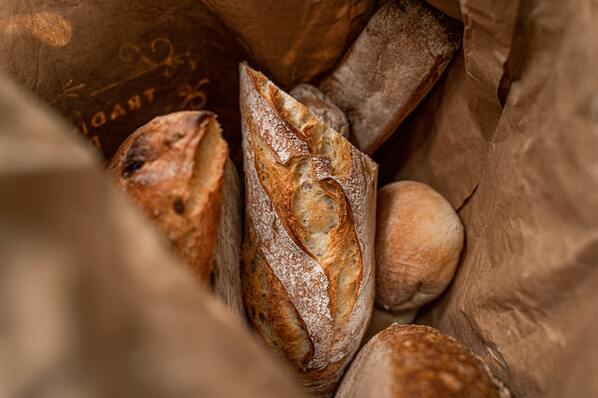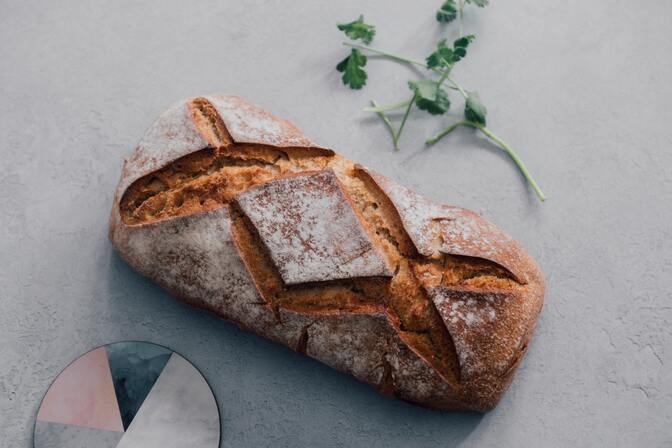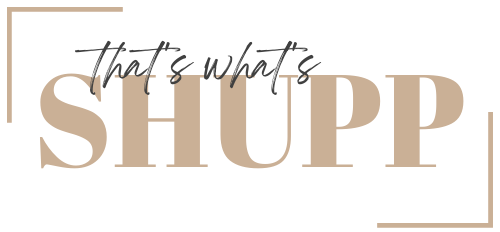If you have Pinterest or if you just have a life, you’ve probably heard of sourdough. If you haven’t, I’m truly sorry, but I am here to share with you what sourdough is and why you should eat- so never fear!

Most know that sourdough is a type of bread, but there are some questions surrounding it. Like, what makes it sour? What’s the difference between store-bought ‘sourdough’ and those crusty loaves? Is it good for you or is it just another carb? And HOW do they do all those crazy beautiful designs on bread?? These are just a few questions I hear and we will get into them and many more!
So if you want all the answers to all the questions, sit tight, buckle your seatbelts, and let’s get sour!
So first things first. Why do we call it sourdough? Making sourdough involves bread-baking in the way that our ancestors did it; the grains are soaked and fermented where the natural yeast on the grain can proliferate and make the bread rise. It’s only been in the last 150 years that commercial yeast was isolated and made available to the public. So what were people doing before that to make bread for millennia?
Before we ever had little pellets of instant yeast in amber jars at your nearest Kroger, yeast has existed in our environment, on our skin, and one the wheat grains we use to make bread. When the wheat is milled into flour, the yeast stays with it but needs food to do its job. Its food is flour and water- they are mixed together and left out at room temperature for the yeast to feed on. This is what we call a ‘starter.’
After some time and love and lots of feedings, the starter gets bubbly showing that the yeast is active; as it feeds on the flour and water, the yeast produces waste and one of those byproducts is carbon dioxide gas. The CO2 gas bubbles are what you see in the starter that tells you it’s active.
When the starter is active, it is added to more flour and water (and a little salt) to create a dough. The yeast then feeds on the flour in the dough and ferments it and causes it to rise with the trapped CO2 bubbles. After a while, the dough can be baked into a delicious loaf of bread that pairs perfect with a hearty stew.


As the yeast and bacteria feed on the flour, they produce waste. Those gaseous byproducts created from the lactic acid and alcoholic fermentation processes are what give that nice, sour flavor to the dough. The longer it ferments, the more sour the taste!

When making artisan bread, we let it sit uncovered to form and skin and then bake it in a preheated Dutch oven. Because the Dutch oven is already very hot (usually between 475-500 F), the outer layer of dough gets ‘shocked’ into this beautiful crust while the steam environment bakes a soft bread on the inside.

Yes! It is a carb, but the ancient preparation method of fermenting grains drastically reduces the sugar and gluten content because the yeast consumes it. Studies have shown that slow fermentation for 48 hours (in the fridge) can reduce the gluten by as much as 97%! Breaking down the hard-to-digest parts of the grain makes it so much more tolerable for your body.


Aren’t they gorgeous? Those beautiful crusty loaves you see with all the designs are from scoring the dough with a sharp razor just before baking. The steam created inside will inevitably escape to the outside, so many choose to create designs on their loaves to give a place for the steam to exit while creating something awesome.

Most often store-bought bread that is labeled ‘sourdough’ looks like plain white sandwich bread. That is because these loaves are not made traditionally with a starter but contain commercial yeast for leavening and citric acid to mimic the sourdough flavor. The reason they aren’t crusty is because they are enriched with things like oil, eggs, butter, etc. True sourdough will not contain ‘yeast’ in the ingredient list because it is from the naturally-occurring yeast on the flour.

Definitely not! You can make enriched breads, pancakes, muffins, cinnamon rolls, flatbread, biscuits, you name it! Sourdough can be used for flavor and/or leavening in any baked good.
Sourdough can be used for flavor and/or leavening in any baked good. Check out some of my sourdough recipes on the blog:

Mix together 1/4 cup flour and 1/4 cup water in a large jar and cover loosely for 12 hours. After 12 hours, discard half of the mixture and add more flour and water. Repeat this process every 12 hours for 4-6 days. When the mixture looks super bubbly, your starter is ready to be used!
Sourdough has been passed down through the generations for thousands of years. Its rich history is still living on and getting in our bellies today. If you have any more questions on sourdough and what exactly it is, drop a comment below!

